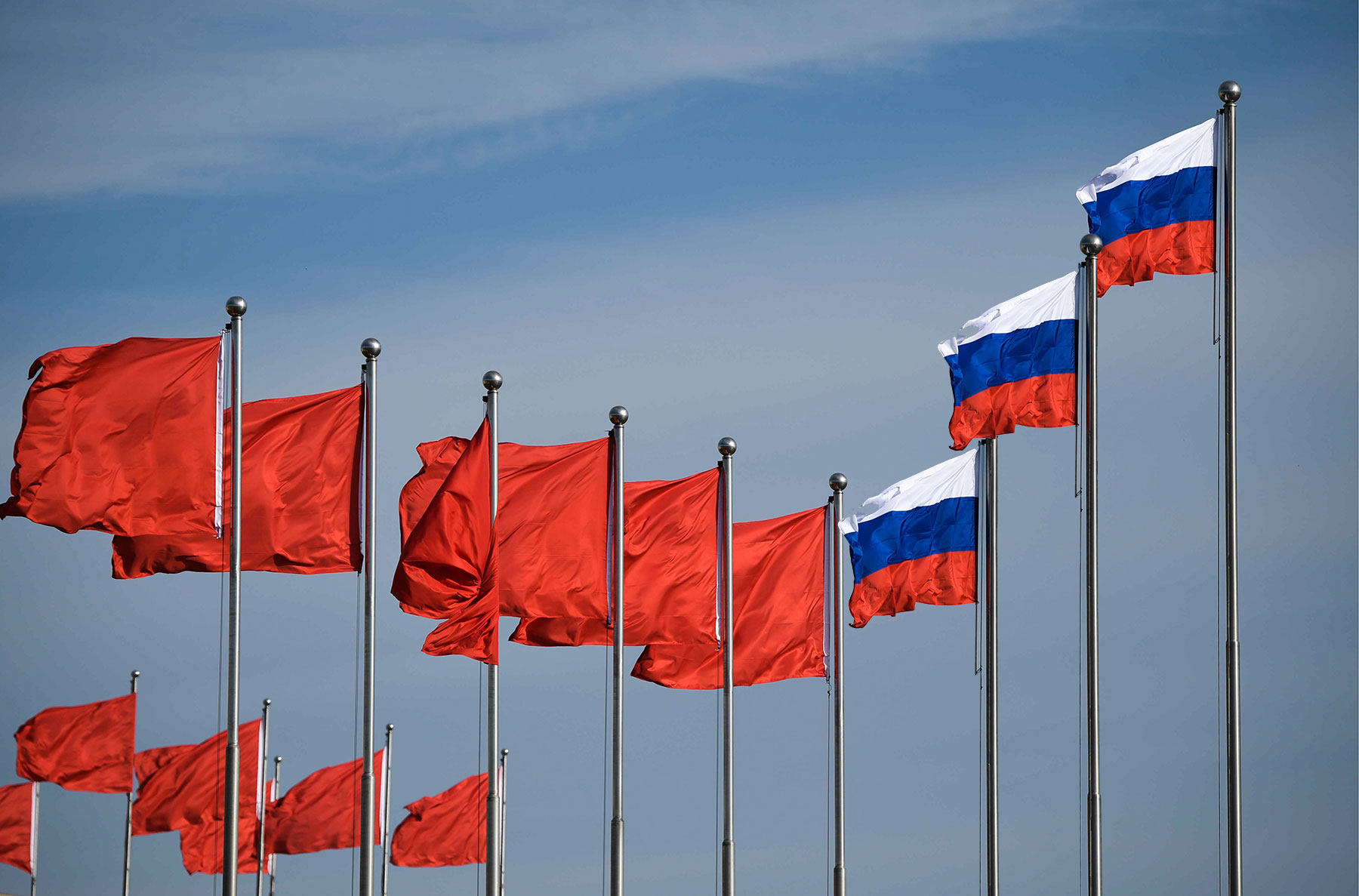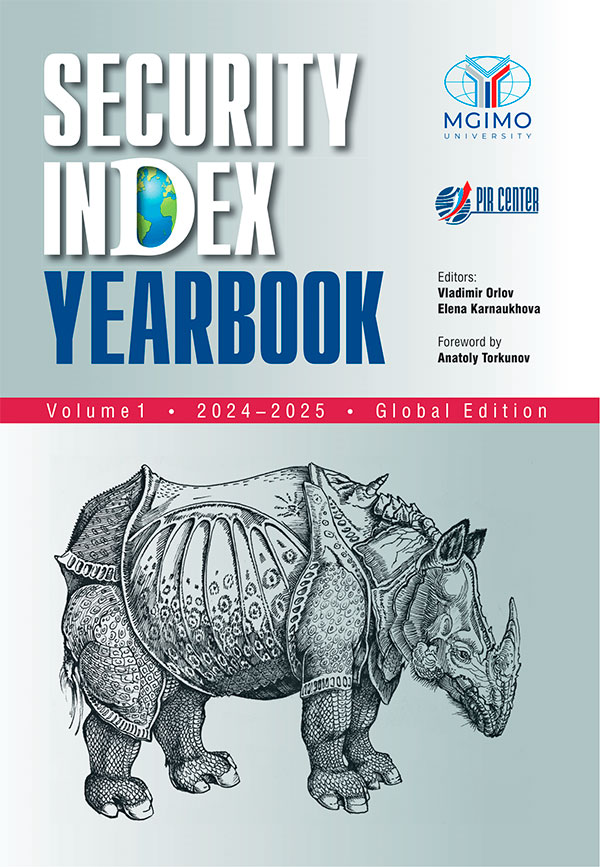On July 11, 2024, on the margins of the NATO Summit in Washington, the US, Canada and Finland announced a new trilateral consortium—the Icebreaker Collaboration Effort, or ICE Pact—with an explicit intention to challenge Russia and China in icebreaker construction and deployment. It is expected that by the end of 2024 the three nations will turn ICE into a detailed business plan with financial projections, binding commitments and specific deadlines. The pact aims to produce a fleet of ice-breaking ships to "project power" into the polar regions and enforce international norms and treaties, a senior US administration official told reporters.
The reference to international norms might sound ironic, when it comes from a country that has never joined the United Nations Convention on the Law of the Sea. Nonetheless, the US has reason to be concerned about its position in the High North: It currently has only two ageing icebreakers with only one of them—the USCGC Polar Star, commissioned in 1976—being fully operational. Canada can boast a more sizeable fleet of 17 icebreakers, but no more than three or four of them can be called to active duty without any major repair works needed. US European allies—including Finland, Sweden, Norway and Denmark—experience similar problems. By launching ICE, Washington intends to dramatically change the balance of power in the North: It hopes to deploy up to 70-90 icebreakers within the next 10 to 15 years.
One can argue that there is nothing wrong with international competition, including in the icebreaker building industry. However, the devil is in the details. For Russia, building icebreakers is not a matter of geopolitical choice or of great power hype, but an absolute social and economic necessity. The country desperately needs to keep all-season communication lines in operation, and a diverse and fully operational fleet of icebreakers is a natural way to keep these lines open; all available alternatives offered by ground or air transportation would be much more expensive.
As for Beijing, it released its Arctic Policy paper in 2018, in which China was positioned as a "Near-Arctic State." It is a major stakeholder in the North, but its interests are confined mostly to potential energy and other resource exploration as well as transportation and wild-life preservation. The relative economic importance of the Arctic region for North American nations is much more limited than for Eurasian powers.
The ICE alliance has more geopolitical and geostrategic rationale than economic. The idea, apparently, is to confront Moscow in controlling the vast Eurasian Arctic maritime space. Not surprisingly, the new initiative was announced on the margins of the NATO Summit upon its 75th anniversary rather than at a G20 meeting or at the World Economic Forum.
The looming icebreaker race is not as spectacular as the aircraft-carrier race, which is in full swing already. And yet, such a race is likely to have significant detrimental implications for the future of the Arctic. It might inadvertently lead to more tensions and even to direct conflicts, particularly if it overlaps with enhanced military activities in the region.
The good news, however, is that the West might have a deficit of material resources and political will to wage a large-scale icebreaker race with Moscow and Beijing. One can recall that the fuss about the US lagging behind Russia and China in the Arctic region repeats itself every couple of years. The last icebreaker fever took place under former US president Donald Trump. However, nothing much has really happened since then—the new Invincible Armada has never materialized.
On July 11, 2024, on the margins of the NATO Summit in Washington, the US, Canada and Finland announced a new trilateral consortium—the Icebreaker Collaboration Effort, or ICE Pact—with an explicit intention to challenge Russia and China in icebreaker construction and deployment. It is expected that by the end of 2024 the three nations will turn ICE into a detailed business plan with financial projections, binding commitments and specific deadlines. The pact aims to produce a fleet of ice-breaking ships to "project power" into the polar regions and enforce international norms and treaties, a senior US administration official told reporters.
The reference to international norms might sound ironic, when it comes from a country that has never joined the United Nations Convention on the Law of the Sea. Nonetheless, the US has reason to be concerned about its position in the High North: It currently has only two ageing icebreakers with only one of them—the USCGC Polar Star, commissioned in 1976—being fully operational. Canada can boast a more sizeable fleet of 17 icebreakers, but no more than three or four of them can be called to active duty without any major repair works needed. US European allies—including Finland, Sweden, Norway and Denmark—experience similar problems.
In contrast to the West, Russia is implementing an ambitious long-term icebreaker building program: It has at its disposal more than 40 fully operational vessels, seven of which are nuclear-powered. China has fully operational Xuelong 1 and Xuelong 2; in May of 2024 the Guangzhou Shipyard International completed a new generation icebreaker Ji Di, and Tan Suo San Hao—a bigger polar research vessel—was launched in April.
By launching ICE, Washington intends to dramatically change the balance of power in the North: It hopes to deploy up to 70-90 icebreakers within the next 10 to 15 years. The US Coast Guard has already stated its urgent need for eight to 10 new icebreakers. In Canada, Quebec's Davie Shipbuilding has been contracted to design and build seven massive icebreakers and two big Arctic ferries.
One can argue that there is nothing wrong with international competition, including in the icebreaker building industry. However, the devil is in the details. For Russia, building icebreakers is not a matter of geopolitical choice or of great power hype, but an absolute social and economic necessity. Out of the overall 4 million people who currently reside north of the Arctic Circle, approximately half live in Russia. The largest Arctic cities also happen to be Russian—Murmansk, Norilsk, Vorkuta, to mention a few. The country desperately needs to keep all-season communication lines in operation, and a diverse and fully operational fleet of icebreakers is a natural way to keep these lines open; all available alternatives offered by ground or air transportation would be much more expensive.
As for Beijing, it released its Arctic Policy paper in 2018, in which China was positioned as a "Near-Arctic State." It is a major stakeholder in the North, but its interests are confined mostly to potential energy and other resource exploration as well as transportation and wild-life preservation.
For the US, communication lines between the East and the West are served by the Panama Canal, rather than by the Northwest Passage along the Canadian Arctic coastline. Not only is the Passage very complicated for navigation, it is also a matter of a long-term dispute between Washington and Ottawa—the Canadian government considers the Passage as a part of Canadian internal waters, while the US claims that this is an international strait allowing free and unencumbered navigation. In any case, it is hard to imagine that either the US, or Canada, or any other nation, will invest dozens of billions of taxpayers' dollars in trying to turn the Passage into a major international transportation route. The US and Canadian populations along the Arctic coastline combined are much smaller than the Russian one. The relative economic importance of the Arctic region for North American nations is much more limited than for Eurasian powers.
In conclusion, the ICE alliance has more geopolitical and geostrategic rationale than economic. The idea, apparently, is to confront Moscow in controlling the vast Eurasian Arctic maritime space. Not surprisingly, the new initiative was announced on the margins of the NATO Summit upon its 75th anniversary rather than at a G20 meeting or at the World Economic Forum.
The looming icebreaker race is not as spectacular as the aircraft-carrier race, which is in full swing already. And yet, such a race is likely to have significant detrimental implications for the future of the Arctic. It might inadvertently lead to more tensions and even to direct conflicts, particularly if it overlaps with enhanced military activities in the region. One can mention, for instance, that in early 2024, NATO conducted its Nordic Response exercises involving about 50 military vessels, more than 110 aircraft, 20,000 servicemen from 14 countries. Later, Canada announced that it was going to purchase 12 modern submarines specifically designed to operate in the Arctic region.
The good news, however, is that the West might have a deficit of material resources and political will to wage a large-scale icebreaker race with Moscow and Beijing. One can recall that the fuss about the US lagging behind Russia and China in the Arctic region repeats itself every couple of years. The last icebreaker fever took place under former US president Donald Trump. There was much speculation about how Washington could bring its presence in the High North to a new level. However, nothing much has really happened since then—the new Invincible Armada has never materialized. It cannot fully be ruled out that exposed to harsh economic and political realities, ICE may soon start melting like the North Polar ice cap is now melting, just one of the severe effects of global warming.
First published in the Global Times.






